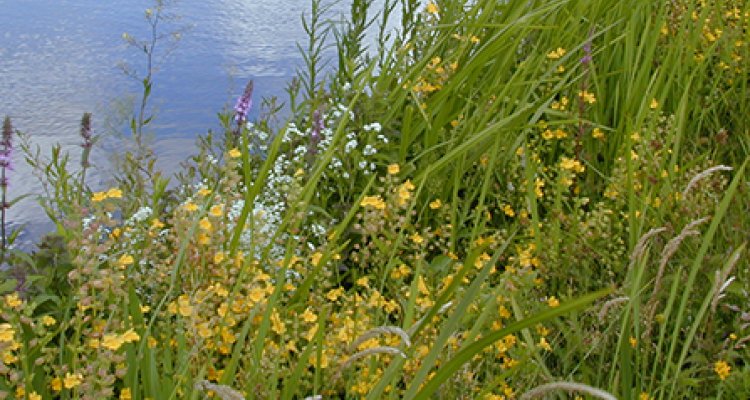
News
Important role for ‘deceitful’ plants in vegetation of the future
One of the most important issues botanists are currently tackling is how plants will react to future climate changes. After all, this reaction will determine future developments in food production as well as in carbon fixation, which slows down climate change.
Most scientists assume Darwin’s “survival of the fittest” theory will continue to apply; in other words, plants will probably react well to climate change, in that growth and seed production will remain at their highest levels. However, research performed by PhD candidate Marloes van Loon together with her Wageningen and Utrecht colleagues, and published in the leading botanical journal New Phytologist, has shown that because plants compete with each other for resources (water, nutrients and light), those same plants only need to be fitter than their immediate neighbours. This may be significant for how plants react to climate change.
Competition neighbouring plants
For example, in vegetation with an optimum leaf surface area, the benefits (extra light captured and photosynthesis) balance out the demands (resources necessary for leaf growth) perfectly, but the vegetation cannot deal with an invasive plant that produces an even larger leaf surface area. The invader intercepts more light than the neighbouring plants and thus outcompetes the neighbours. As a result, the vegetation as a whole fixes less CO2 and probably produces less seed because of the need to compete for the same amount of light. A strategy like this, when an organism functions at the cost of community interests, is known in game theory as ‘deceit’. Van Loon et al have demonstrated that by considering a scenario that includes ‘deceitful players’, it is possible to make a better prediction of the effects of climate change on vegetation.
Publication
Marloes P. van Loon, Feike Schieving, Max Rietkerk, Stefan C. Dekker, Frank Sterck, Niels P. R. Anten: How light competition between plants affects their response to climate change - New Phytologist, Vol 203 Issue 4